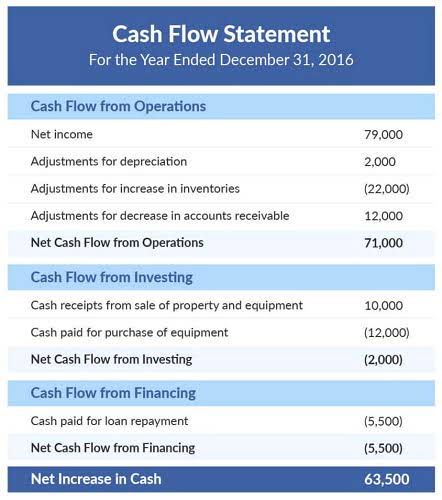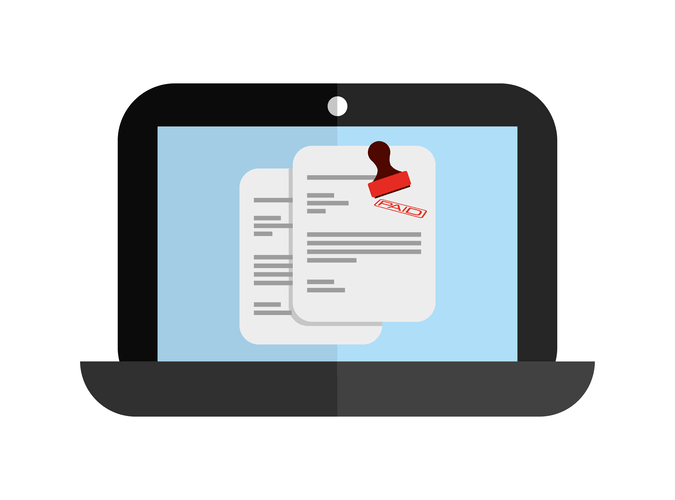
With double-entry accounting systems, accounts receivable and accounts payable are the most most common types of control accounts. However, some companies may have control accounts for inventory, fixed assets and payroll as well. The general ledger can have hundreds of accounts from asset and liability accounts to income and expense accounts.

Income Statement Under Absorption Costing? (All You Need to Know)
- They allow one to see the totals, without getting into too much details from individual accounts.
- Control accounts are most commonly used to summarize accounts payable and accounts receivable as these tend to contain a lot of transactions.
- Since both are zero and match, it would not be necessary to prepare a schedule of accounts payable.
- Thus, in order to keep a proper record, you have to maintain control accounts and subsidiary accounts.
- Besides this, control accounts help confirm reconciliation mechanisms for differences in the account balances as per periods.
Those subledgers are then totalled up for each period and the totals are recorded in the accounts receivable control account. Put simply, this means that the accounts receivable control account indicates the total amount that a company is owed, while the subledger reflects how much each customer individually owes. Control accounts are crucial elements of double-entry accounting and form the basis of the general ledger. Functioning as a summary of total balance for the subledger, they provide a focused analysis of a business’s balance sheet. Plus, when it comes to financial reports, the summary balances displayed in control accounts are generally considered sufficient information.

Brookside Accounting is now Edgewater CPA Group.
- Control accounts help project managers track costs and add earning rules to be applied for earned value analysis.
- Control accounting helps create streamlined financial reports, and can provide an additional verification step to ensure accuracy.
- Take up courses on Project Management to build a foundational understanding of the PMP certification and project management practices.
- However, sometimes there can be no match between the closing balance in the control account and the total of the party-wise accounts.
- Similarly, if every transaction will be recorded in the general ledger, it would become very difficult to organize the general ledger properly.
- Functioning as a summary of total balance for the subledger, they provide a focused analysis of a business’s balance sheet.
If it doesn’t, then there could have been a mistake made during the calculations. There are numerous control accounts which can be used, but the two main ones used by most businesses are the receivables control account and the payables control account. When using subsidiary accounts, there is no need to record each transaction in general ledger.

Trial Balance

The main account needs to be shown in the financials (the parties have maintained, i.e., an individual account for the same nature of transactions, and the summarized balance is shown). A control account is used to check the numerical accuracy of the balances that are posted in general ledger accounts. Control accounts are an important component of double-entry accounting and make up the foundation of the general ledger. They serve as a summary report of the total balances for each subledger, and allow for a streamlined analysis of a company’s balance sheet without all of the clunky details contained in each subledger. The reason these accounts are called control accounts is because one uses them to ensure there are no errors or mistakes in our records relating to debtors and creditors. With these inputs together based on the principles of decomposition and availing expert judgment, the control accounts are ingrained for the project.
He has been a manager and an auditor with Deloitte, a big 4 accountancy firm, and holds a degree from Loughborough University. So, if reconciliation/control proves that there is no difference between two balances, it means figures are reliable and can be used to prepare the financial statement. Next up, we’re going to tackle the penultimate step in the accounting cycle – the trial trial balance balance. And the “bank” figure of $6,000 in this same account could be traced back to the cash payments journal (which shows all payments of cash). Suppose the closing balance of creditors in the general ledger is valued at $3,45,000 as of December 31, 2021, and the following is the break-up of the balance.
Accounting Ratios
- The control account for accounts receivable will only show the total amount that is owed to the company at a point in time without all the details of each customer’s transaction.
- They serve as a summary report of the total balances for each subledger, and allow for a streamlined analysis of a company’s balance sheet without all of the clunky details contained in each subledger.
- It contains aggregated total for the transactions that are posted in the subsidiary ledger.
- Subsidiary accounts are integral when it comes to recording company transactions.
- Again, this name is used because it reflects the total of the individual purchases on credit (purchases from creditors), as reflected in the purchases ledger.
- In the case of an accounts receivable control account, the subtotal of the customer balances in the subledger must match up to the control account.
Each party’s total is accumulated at one place, and a certain control accounts examples balance is calculated to be used in the trial balance for the formation of financial statements. The only real issue with a control account is that it forces anyone investigating a transaction to shift down to the referenced ledger to find the transaction in question. This can slightly increase the time required to investigate a transaction, but it is not a critical concern.
Control accounts refer to general ledger accounts that summarize the detailed transactions from a subsidiary ledger or individual accounts. They act as centralized summaries, providing an overview of specific categories of transactions, such as accounts receivable or accounts payable. This account is created to record the summarized balance of the individual ledgers maintained for different parties in accounting for the transactions.
